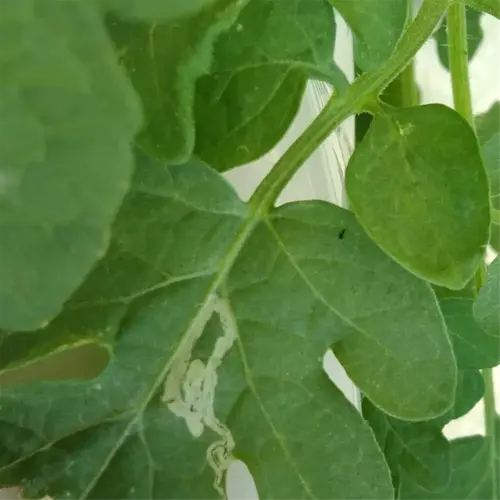Can root rot spread to other plants?

Written by
Tina Carter
Reviewed by
Prof. Charles Hartman, Ph.D.Root rot can spread faster than you might think. I discovered this the hard way, losing three snake plants before I realized my pruning shears were covered in Fusarium spores from an infected aloe. Fungal pathogens can hitch a ride on tools, soil, and even watering cans. Isolation is not a choice; it is a matter of survival.
How It Spreads
- Contaminated tools: Scissors, trowels, and stakes transfer spores
- Shared soil: Reusing infected dirt risks entire collections
- Water runoff: Pathogens travel through drainage water
Isolation Steps
- Move sick plants to a separate room immediately
- Use dedicated gloves/aprons for infected plants
- Avoid misting, spores spread via airborne droplets
Sterilization Tactics
- Soak tools in 70% alcohol for 5 minutes between plants
- Bake pots at 200°F (93°C) for 30 minutes
- Treat soil with 1:9 bleach solution if reuse is unavoidable
The worst outbreak I had started with an infection on a single Monstera plant. Within a few weeks, pothos and a few philodendrons were symptomatic too. Testing in the lab confirmed we had identical strains of Pythium in all plants. Now, I quarantine new plants for at least 30 days before adding them to the collection, and I also purchased color-coded tools, red for what I suspect is sick and green for the healthy plants.
Prevent cross-contamination with strict routines. Before and after each cut, I spray my tool's blades with alcohol. I use my separate can for water for the infected plants. I store plants that I recover from infection on different shelves. I followed these protocols and they saved my 8-year-old fiddle leaf fig that I received as a gift from my neighbor who was infected with some disease.
Read the full article: How to Treat Root Rot: 7 Essential Steps to Save Your Plants

